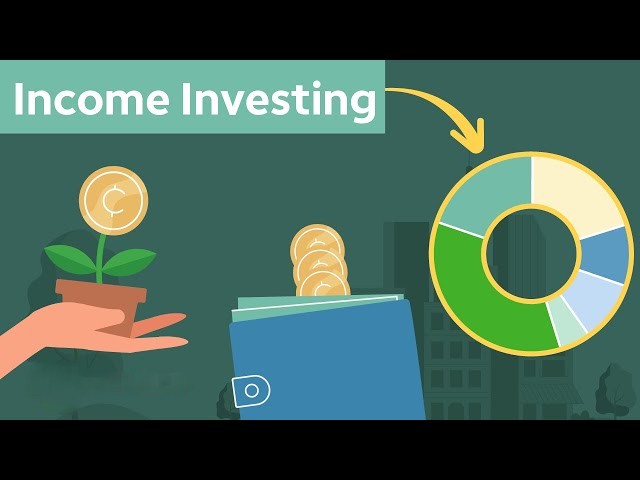Income investing is an investment strategy focused on generating a consistent stream of income from your investments, typically through dividends, interest payments, or rental income. It is often favored by individuals who are looking for a steady cash flow or are in or nearing retirement.
How is it work –
Dividend Stocks: Invest in stocks of companies that have a history of paying regular dividends. Look for companies with a strong track record of dividend growth and stability. Dividend yield (dividend per share divided by the stock price) is a key metric to assess.
Dividend ETFs and Mutual Funds: Exchange-traded funds (ETFs) and mutual funds that focus on dividend-paying stocks can provide diversification and professional management. They often pay dividends on a regular basis.
Bonds: Bonds are debt securities that pay interest over a fixed period. Government bonds, corporate bonds, and municipal bonds are common options. They are generally considered less risky than stocks but offer lower potential returns.
Real Estate Investment Trusts (REITs): REITs are companies that own and manage income-producing real estate properties, such as apartments, office buildings, and shopping centers. They are required by law to distribute most of their earnings as dividends to shareholders.
Preferred Stocks: These are a hybrid between common stocks and bonds. Preferred stockholders receive dividends before common stockholders and have a higher claim on assets in case of bankruptcy.
High-Yield Savings Accounts and CDs: While not typically considered investments, high-yield savings accounts and certificates of deposit (CDs) from banks can provide a safe and steady source of interest income.
Peer-to-Peer Lending: Platforms like LendingClub and Prosper allow you to lend money to individuals or small businesses in exchange for interest payments.
Master Limited Partnerships (MLPs): MLPs are often involved in energy and real estate ventures. They can offer high yields, but they come with complex tax considerations.
Diversification: Diversifying your income investments across different asset classes and sectors can help spread risk. Avoid putting all your money into a single investment.
Research and Due Diligence: Conduct thorough research on the income investments you are considering. Analyze the financial health of the companies or issuers, their payout history, and their potential for future income growth.
Risk Management: Understand that higher-yield investments often come with higher risk. Be prepared for market fluctuations and the possibility of capital loss, especially when investing in stocks.
Tax Considerations: Different types of income (dividends, interest, rental income) may be taxed differently. Consider tax-efficient investment strategies, such as holding income-generating assets in tax-advantaged accounts like IRAs or 401(k)s.
Reinvestment: Consider reinvesting the income generated from your investments to take advantage of compounding. This can accelerate your income growth over time.
Regular Monitoring: Periodically review your income investments to ensure they align with your financial goals and risk tolerance. Adjust your portfolio as needed.



